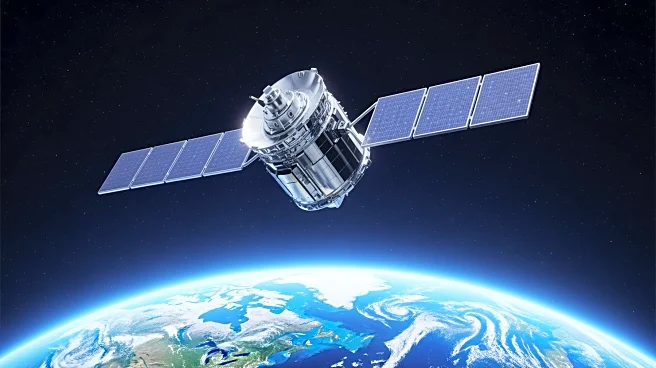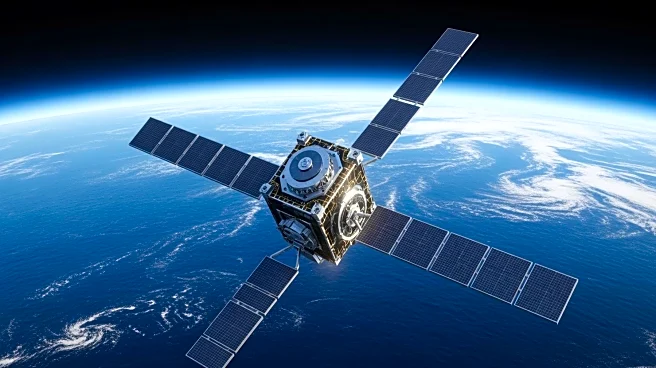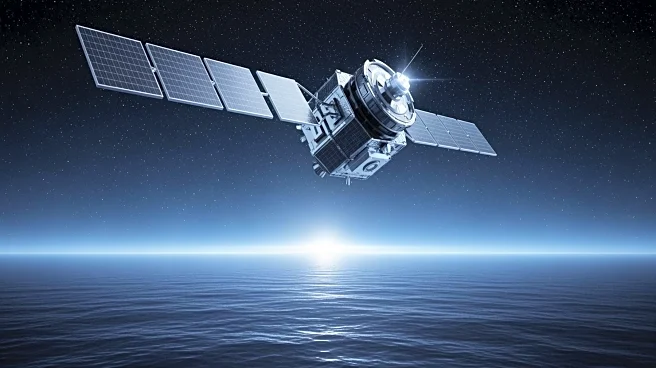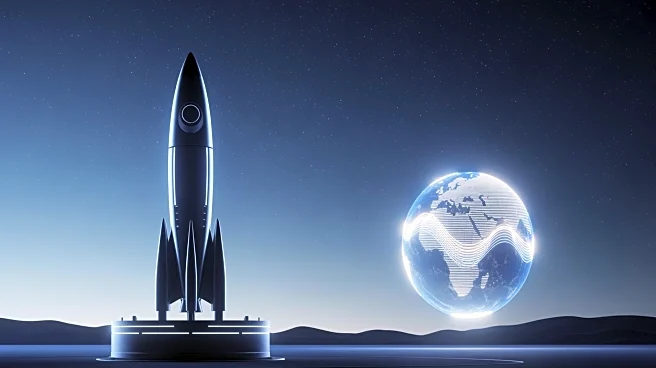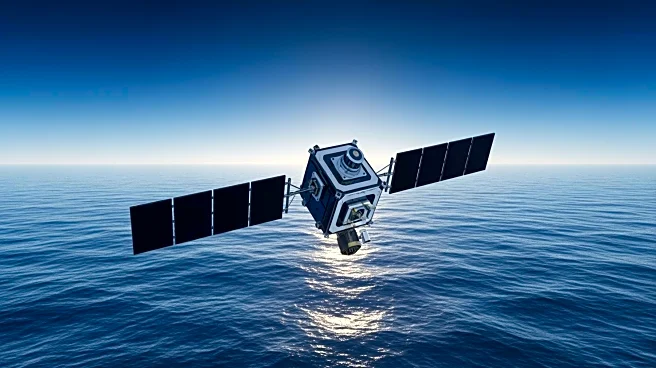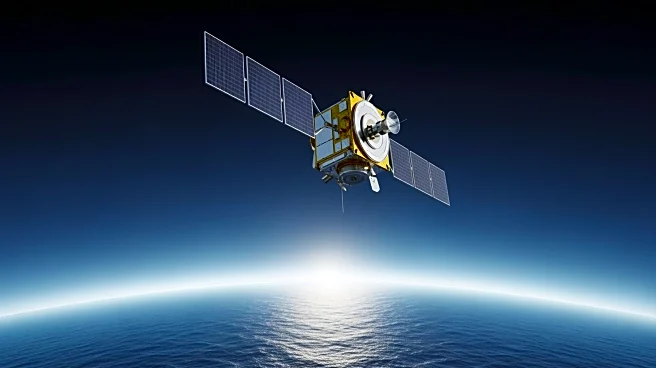What's Happening?
NASA, in collaboration with the European Space Agency (ESA), is set to launch the Sentinel-6B satellite to continue monitoring sea levels across Earth's oceans. The satellite, which will be launched aboard
a SpaceX Falcon 9 rocket from Vandenberg Space Force Base, is designed to track sea levels over 90% of the world's oceans. Sentinel-6B will succeed its twin, Sentinel-6 Michael Freilich, which was launched in 2020. The mission aims to provide critical data for improving public safety, city planning, and protecting coastal infrastructure. The satellite will orbit Earth every 112 minutes, collecting data to enhance atmospheric models and support the safe re-entry of Artemis astronauts.
Why It's Important?
The launch of Sentinel-6B is significant for global climate monitoring and coastal management. By providing precise sea level measurements, the satellite will help scientists understand climate change impacts, such as rising sea levels and their effects on coastal communities. The data will be crucial for forecasting storms, securing infrastructure, and optimizing commercial activities like shipping. This mission continues a 30-year record of sea-level measurements, reinforcing international efforts to address climate change and its consequences.
What's Next?
Following its launch, Sentinel-6B will undergo a series of operations to ensure it is ready for scientific data collection. It will initially fly behind its twin satellite for calibration purposes before taking over primary sea level measurement duties. The mission will also involve collaboration with international partners to analyze the data and apply it to various scientific and practical applications. The satellite's successful deployment and operation will be closely monitored by NASA and its partners.



